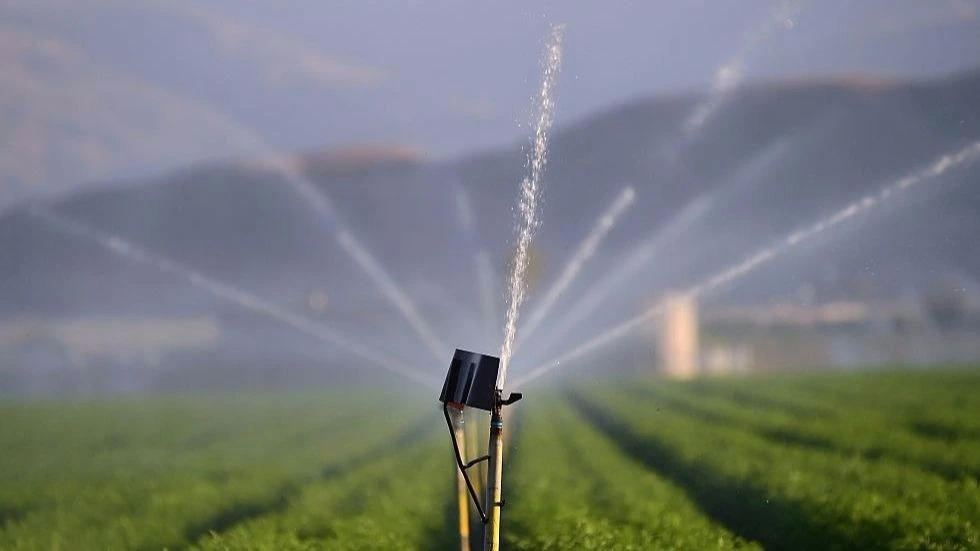Public policies supporting regenerative agriculture will be good for business
14 May, 2022

Companies are increasingly becoming interested in regenerative agriculture to meet growing consumer demand for agricultural goods that advance environmental, climate and social justice goals, but current domestic farm land under regenerative production is minimal. That is why businesses from across industries along with farming, environmental and health partners are now calling for smart and innovative food and farm policy for a more regenerative agriculture system that helps solve pressing issues while also grow our economy.
Regenerative agriculture is an approach to farming that uses a combination of place and context-based practices like managed grazing, no or minimal tillage, composting, cover crops as well as crop rotations to restore and sustain soil and ecological health. The potential for these practices to sequester CO2 in the soil make regenerative agriculture essential for combatting climate change, although estimates for how much of U.S. carbon emissions can be offset through regenerative agriculture range from 4 percent to 100 percent and the potential may vary based on the depth of system transformation.
Experience has shown that regenerative agriculture is not only good for the environment, but also for farmers. Improving soil health can increase crop yields and loss to extreme whether events like drought while reducing input costs as well as improving incomes by providing access to new revenue streams from businesses and consumers demanding transparency, quality, and responsible approaches to agriculture. Companies are also diversifying their supply chains toward regenerative an a way to increase their supply chain resilience in the face of climate change exacerbated extreme weather events, disease and other crises.
In fact, 65 percent of natural product brands have stated interest in sourcing regeneratively produced ingredients. And it’s not only food, brands like Timberland, Patagonia and Eileen Fisher are focusing their supply chains on regenerative agricultural inputs to meet the growing consumer demand for wool, leather and other materials with positive social and ecological impacts.
Transitioning from conventional agriculture to a more regenerative system takes time, effort and resources. However, there is little federal policy to assist with this transition in terms of agronomic research and support, financing options or crop insurance recognition of the on-farm risks mitigated through regenerative farm practices. While private capital investments in regenerative farming have proven positive long-term returns and market demand continues to exceed supply, the lack of government policy and programmatic support to the transition hinders its adoption to the detriment of U.S. farm families and rural communities.
With the launch earlier this year of the USDA’s Climate Smart Commodities Partnership Program, the agency has shown it is interested in taking steps in the right direction. However, it is important that this program and other policies put forth for “climate-smart agriculture” by the USDA not narrowly focus only on carbon sequestration and extending carbon markets to conventional industrial agriculture. Such proposals may play a role in helping farmers adopt regenerative soil health practices, but risk failing to account for broader ecosystem function, may exclude small-scale and people of color farmers and ranchers, and should not be pursued by the federal government as an alternative to reducing greenhouse gas emissions throughout the economy.
While the regenerative approach is a journey, and we should celebrate actions taken by farmers to improve soil health and reduce their net carbon emissions, many companies and their advocacy allies see the need for transformation toward a more holistic regenerative agriculture system that is inseparable from social and economic justice. They recognize that public policy and markets should reflect that small-scale and discriminated against people of color farmers have been practicing and refining regenerative agriculture at the margins of society for centuries, that farmers who are more economically secure have a longer-term horizon for planning and land management, and that not drastically reducing the use of harmful pesticides and fertilizers in agriculture is counterproductive to regenerative agriculture’s goals.
There are existing USDA conservation programs, like the Environmental Quality Incentives Program, that support many of the farming practices considered regenerative, but these programs are drastically underfunded and need reforms. There are efforts in Congress to bring these programs more in line with what is needed to support our farming and ranching enterprises, such as the Climate Stewardship Act and attempts made in the stalled Build Back Better bill for a historic increase in funding for the programs.
Useful Links:
Source: thehill.com
TAG(s):
